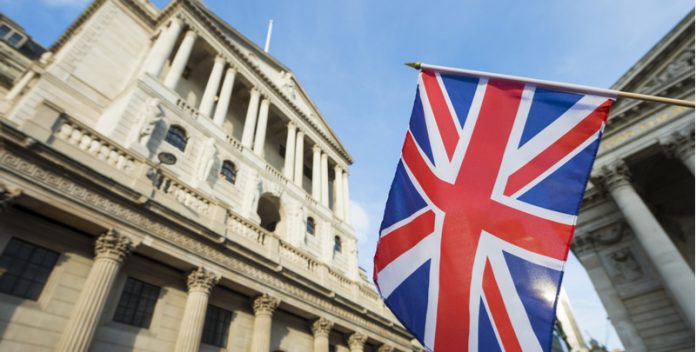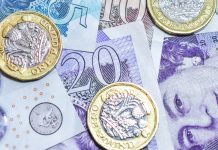- Pound (GBP) is rising. BoE ‘s Bailey speaks at Jackson Hole
- Longer-term inflationary pressures are easing
- Euro (EUR) falls against the stronger pound but rises vs USD
- Eurozone inflation data is next week
The Pound Euro (GBP/EUR) exchange rate is rising for a third straight day. The pair rose +0.38% in the previous session, settling on Thursday at €1.1781 and trading in a range between €1.1736 and €1.1795. At 18:00 UTC, GBP/EUR trades +0.18% at €1.1803. The pair is set to rise 0.55% across the week, the second straight week of gains.
The pound is heading higher against its major peers after Bank of England Governor Andrew Bailey spoke at the Jackson Hole symposium in Wyoming, USA..
Bank of England governor Andrew Bailey said he saw longer-term inflation pressures easing but warned that the central bank would not rush ahead with further interest rate cuts as it was still too early to be sure that inflation had been beaten.
He added that the second-round inflationary impact has, so far, appeared to be smaller than was feared but it’s still too early to declare victory.
His comments come after the Bank of England cut its main interest rate on August 1st to 5% after keeping it at 5.25, a 16-year high for almost a year.
Bailey cautioned that the Bank of England would be careful not to move too quickly. He also noted that the economy had grown stronger than expected while wage growth had slowed.
The euro was lower against the pound but gained strongly against the US dollar, trading at a 2024 high.
There was no major eurozone economic data for investors to sink their teeth into.
Instead, attention is turning to next week’s inflation data, which are expected to cool again. This supports the view that the ECB could cut interest rates in the September meeting.
The minutes of the latest ECB monetary policy meeting signaled that the central bank could cut rates again by the end of September. However, the central bank has been careful not to pre-commit to any particular path for interest rates, insisting they remain data-dependent.





